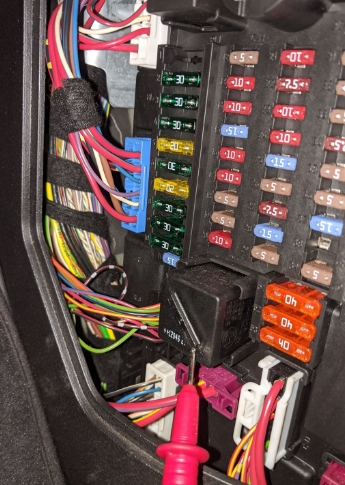Distinguishing the Key Differences: Fuse vs. Miniature Circuit Breaker (MCB)

In the electrical industry, fuse and Miniature Circuit Breaker (MCB) are two safety devices that play a crucial role in protecting electrical circuits from overloads and short circuits. While both devices serve a similar purpose, they differ significantly in their operation, application, and functionality. Understanding these differences is crucial for making informed decisions about the most suitable safety device for a particular electrical system.
Fuse: The Basics
A fuse is a simple yet effective safety device that consists of a metal wire or strip designed to melt and interrupt the circuit when an excessive current flows through it. This melting action occurs when the current exceeds the fuse's rated capacity, usually caused by a short circuit or an overload condition. Once the fuse melts, it needs to be replaced with a new one to restore the circuit's functionality.
Fuses are commonly used in low-power applications where a cost-effective and easy-to-replace safety solution is required. They are also used in some high-power applications, but their use is limited due to the need for frequent replacement.
MCB: The Basics
A Miniature Circuit Breaker (MCB) is an advanced electrical safety device that functions similar to a fuse but offers more advanced features and protection. It consists of a trip mechanism that interrupts the circuit when an excessive current flows through it. However, unlike a fuse, an MCB can be reset without the need for replacement, simply by pushing a button or lever.
MCBs are widely used in both residential and commercial electrical systems, offering protection against overloads and short circuits. They are particularly suitable for high-power applications where frequent replacement of fuses can be inconvenient and costly.
Key Differences between Fuse and MCB
Replacement Requirement: Fuses require replacement after tripping, while MCBs can be easily reset without replacement. This makes MCBs more convenient and cost-effective in high-power applications where frequent fuse replacement can become a challenge.
Trip Mechanism: Fuses operate through the melting of a metal wire or strip, while MCBs use a trip mechanism that interrupts the circuit when an excessive current is detected. This trip mechanism is more sensitive and reliable, providing faster protection against overloads and short circuits.
Applicability: Fuses are primarily used in low-power applications, while MCBs are suitable for both low- and high-power applications. MCBs offer a more comprehensive protection solution, making them a popular choice for residential and commercial electrical systems.
Cost: While fuses are generally more affordable than MCBs, the cost of frequent fuse replacement can quickly add up, making MCBs a more cost-effective solution in the long run.
Conclusion
In summary, fuses and MCBs both serve crucial roles in protecting electrical circuits from overloads and short circuits. However, they differ significantly in terms of replacement requirement, trip mechanism, applicability, and cost. Understanding these differences is essential for making informed decisions about the most suitable safety device for a particular electrical system. Whether it's a low-power application where cost is a concern or a high-power application where reliability and convenience are paramount, both fuses and MCBs offer valuable protection against electrical hazards.

